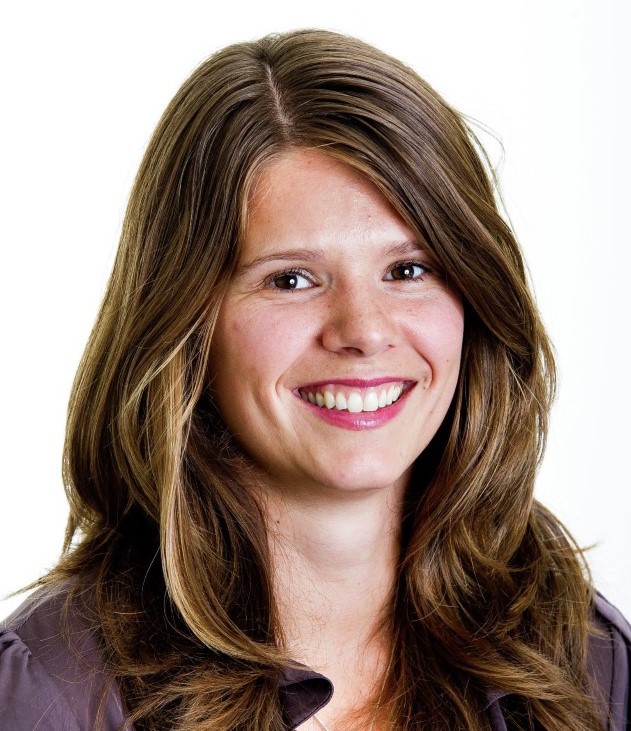
RAS research
Research on different types of RAS is also increasingly important as innovative new facilities are beginning to emerge. By having research facilities, we can conduct tests that enable us to create customised diets for each RAS variation.
Skretting is unique in that we’re the only company in the world that have multiple research facilities dedicated to recirculation aquaculture systems. Each of our RAS facilities has a different research focus, including for disease, hatcheries, and commercial grow-outs. The purpose of this is to build an extensive knowledge of the most effective ways to manage RAS, to develop diets that can support that optimal state, and also to help customers succeed in running and operation RAS facilities.
Research on different types of RAS is also becoming increasingly important as innovative new facilities are beginning to emerge. For example, the synergistic combination of recirculation aquaculture with hydroponics, known as aquaponics, is one such RAS variation that is becoming popular on a global scale. Given that aquaponics tries to balance both plant growth and fish growth, the nutritional and environment requirements are quite different from that of traditional RAS. By having research facilities, we can conduct tests that enable us tocreate customised diets for each RAS variation.
There is a lot of diversity in closed containment aquaculture, and it’s essential that aquaculture producers have feeds that meet specific requirements. Skretting works closely with fish farmers to ensure that as well as having the ideal nutritional content, our feeds have the right shape, size, density and the appropriate sinking speed for these individual systems, says Dr. Ingunn Stubhaug, Researcher at Skretting AI.
Skretting works closely with fish farmers to ensure that as well as having the ideal nutritional content, our feeds have the right shape, size, density and the appropriate sinking speed for these individual systems.
